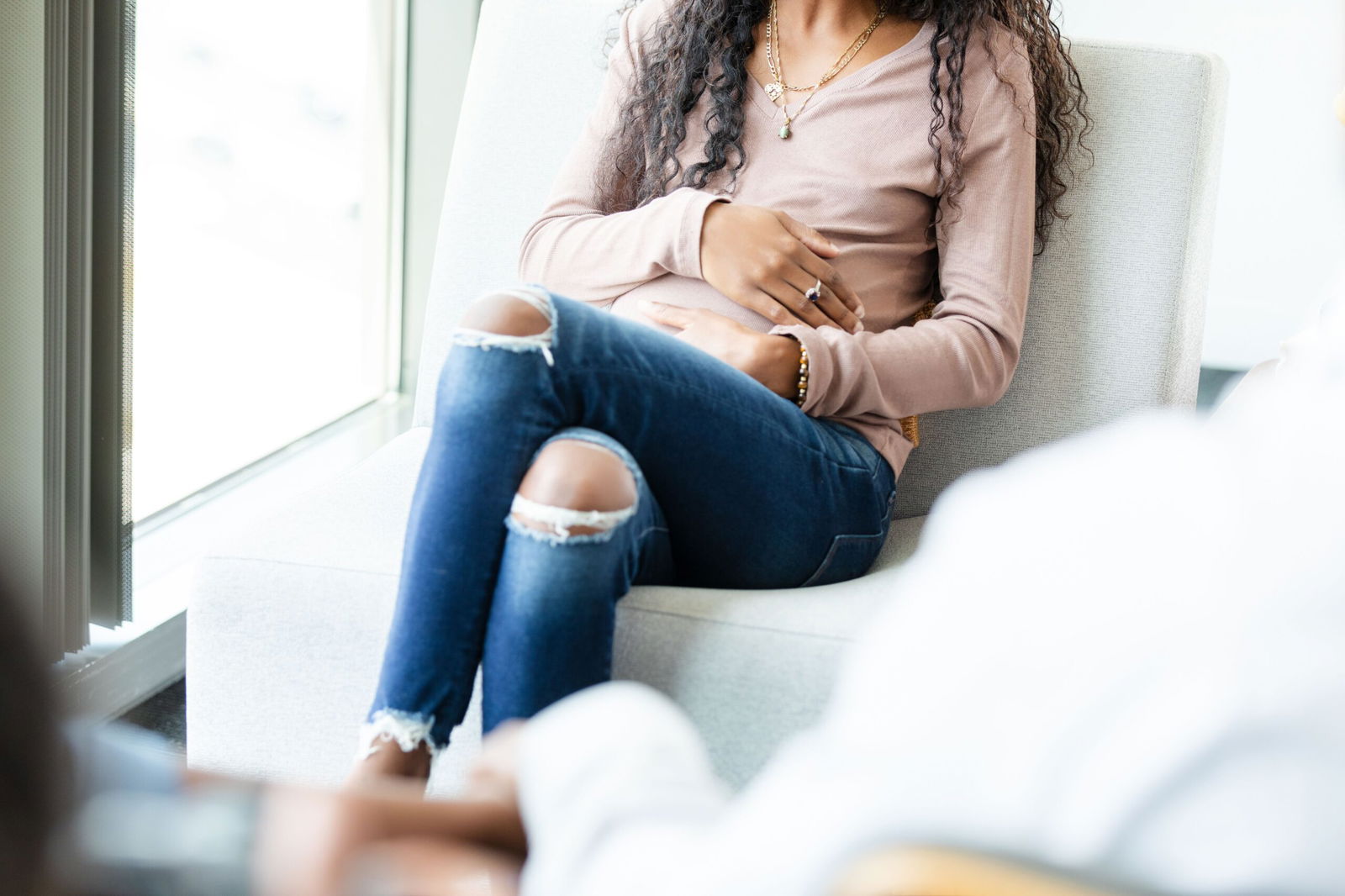Women face a much higher risk of homicide, especially from guns, during pregnancy

A new study found that pregnant women experienced a 37% higher firearm homicide rate than women who aren’t pregnant.
By Jen Christensen, CNN
(CNN) — On April 9, 2020, after Shirley Scarborough made her daily call to a prayer line, she went to work and got another call: from the police department in Richmond, Virginia. Her youngest daughter, Francesca Harris-Scarborough, had been killed the night before.
Police had found the 31-year-old’s car still idling. Scarborough’s daughter, who was three months pregnant, had been shot twice in the heart.
“I wasn’t ready for it. I lost control of everything,” Scarborough said. “Everything went blank.”
Francesca was part of a terrible trend in the United States: Homicide is the No. 1 way pregnant women die, research has showed, but a new study finds that they are even more vulnerable than other women of childbearing age when there’s a gun involved.
The study, published Monday in the journal JAMA Network Open, looked at more than 7,000 homicides of women of childbearing age between 2018 and 2021. Pregnant women were found to have a 37% higher firearm homicide rate than women who weren’t pregnant, and more than two-thirds of pregnancy-associated homicides involved firearms.
The presence of a firearm is known to be a key risk factor of intimate partner homicide. The new study showed that every 1% increase in state-level firearm ownership was associated with a 6% increase in all-cause homicide and an 8% increase in the firearm-specific homicide rate in pregnant women, even after adjusting for other factors.
“Even incremental increases in firearm availability may contribute to measurable increases in homicide risk in pregnant women,” the researchers wrote.
“It was really not surprising, if you think about it, that if firearms are more available, then that certainly it does increase your risk of homicide in general,” said study co-author Dr. Lois Lee, a senior faculty adviser in the Office and Health Equity & Inclusion and an associate professor of pediatrics and emergency medicine at Harvard Medical School. “So you could imagine, if you take away or at least decrease the number of firearms, then there would likely be many fewer deaths during pregnancy.”
“And unlike medical conditions, which, yes, we do have many medical advances and can save many lives, but in some ways, those conditions are much less preventable, like eclampsia and sepsis,” Lee added. “This is predictable and potentially preventable.”
The highest proportion of homicides in pregnant women was among those 20 to 24 years old. Among women who weren’t pregnant, it was ages 25 to 29. Most homicide victims were Black, whether they were pregnant or not.
“Those findings suggest that these risks of homicide during pregnancy are shaped not just by individual factors but by broader systems of inequity and structural racism,” Lee said. “So it’s not just a solution at the individual level that’s needed, but there needs to be urgent change at a policy level, as well.”
The study authors recommend safe storage laws and domestic violence firearm prohibitions.
Although most states prohibit people with final protective orders from purchasing or possessing firearms, such laws should be expanded to require people to surrender their firearms even when there’s an emergency protective order on the books, said Dr. Kelly Roskam, director of law and policy at the Johns Hopkins Center for Gun Violence Solutions, who was not involved with the new research.
“Usually, the first stage of that order process is often the most dangerous time for individuals experiencing intimate partner or family violence, since it is usually the first indication that an individual is going to be separating from an abuser,” Roskam said.
Roskam said the most successful gun surrender laws also have strong follow-up. She points to a program in King County, Washington, that created a multidisciplinary team of prosecutors, law enforcement and court administrators who serve on a regional domestic violence firearm unit. It scours court documents and databases to make sure every individual involved in a domestic violence offense gives up every firearm.
According to King County, firearms are used in domestic violence homicides more than all other weapons combined in Washington state.
“They really show respondents that they are very serious about ensuring this firearm relinquishment compliance. And since they have started doing this, they have been recovering a much larger number of firearms from these protective orders,” Roskam said.
Scarborough has been working on her own programs so more women are spared her daughter’s fate. She created a nonprofit called Cry Loud, Spare Not, Speak Up that’s dedicated to empowering women affected by domestic violence and abuse in Virginia.
In reading her daughter’s journals after her death, Scarborough said, she realized that although her daughter was successful and seemed happy, she had confidence issues that began when she was younger. Scarborough also started a program for girls ages 12 and up to cultivate self-esteem and grow their confidence.
Each year, near the anniversary of Francesca’s death, Scarborough hosts another empowerment program for girls and women called “I Am Enough, I Know My Worth.”
“This way she will never die. We can always try to help somebody,” Scarborough said. “Her death has really been my teacher. It’s changed my life. It will never be the same.”
The-CNN-Wire
™ & © 2025 Cable News Network, Inc., a Warner Bros. Discovery Company. All rights reserved.



